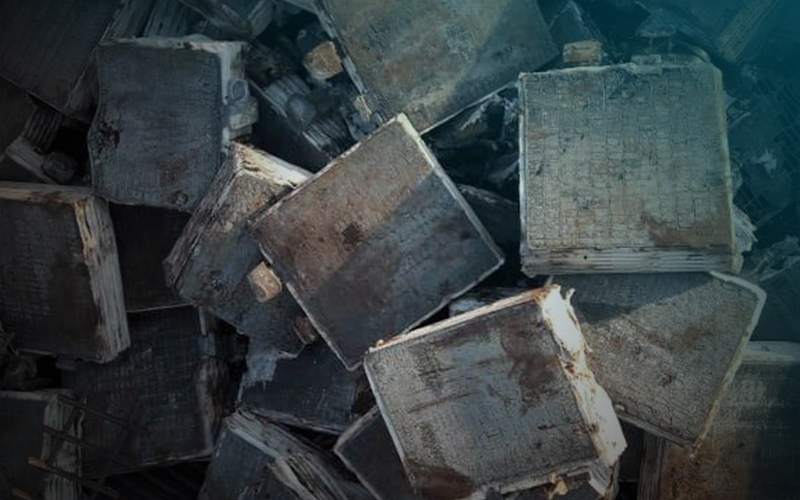Specify whether automotive, industrial or mixed. Also, whether they are groups or loose. The only other metallic that might be included could be lead connectors.

Lead Scrap Rails – Overview
Lead scrap rails refer to scrap material recovered from railway infrastructure where lead or lead-containing alloys are used. This can include:
Lead-based rail pads or cushioning materials
Lead used in rail joints, fittings, or fastening systems
Lead solder or sealing materials in certain rail components
Lead sheathing or coatings used for protection or electrical purposes in railways
Ingredients / Composition
Mostly metallic lead or lead alloys
Sometimes mixed with copper, tin, or other metals depending on the application
May include lead-based compounds used for insulation or vibration damping
Usage of Lead in Rails
Rail Pads: Lead or lead alloy pads are used to reduce vibration and noise between the rails and sleepers.
Sealing and Soldering: Lead solder or seals can be used for electrical bonding or protection.
Corrosion Protection: Lead sheathing protects rail components from corrosion in harsh environments.
Rail Joints & Fittings: Lead alloys can be used to improve durability and reduce wear.
Lead Scrap Rail Recycling Process
Collection: Removing lead-containing components during rail maintenance or dismantling.
Sorting: Separating lead scrap from steel rails and other materials.
Cleaning: Removing non-metallic impurities.
Melting & Refining: Recovering pure lead for reuse.
Casting: Forming lead ingots or master alloys for industry use.
FAQ
Lead is used for vibration damping, corrosion resistance, and electrical conductivity in various rail components.
Yes. Lead scrap from rails is valuable and can be recycled with proper separation and processing.
Lead is non-hazardous if handled and recycled properly, following environmental and safety regulations.
Steel rails are usually recycled separately by melting and reforming into new steel products.
Lead is separated mechanically or chemically during processing to ensure purity before recycling.



